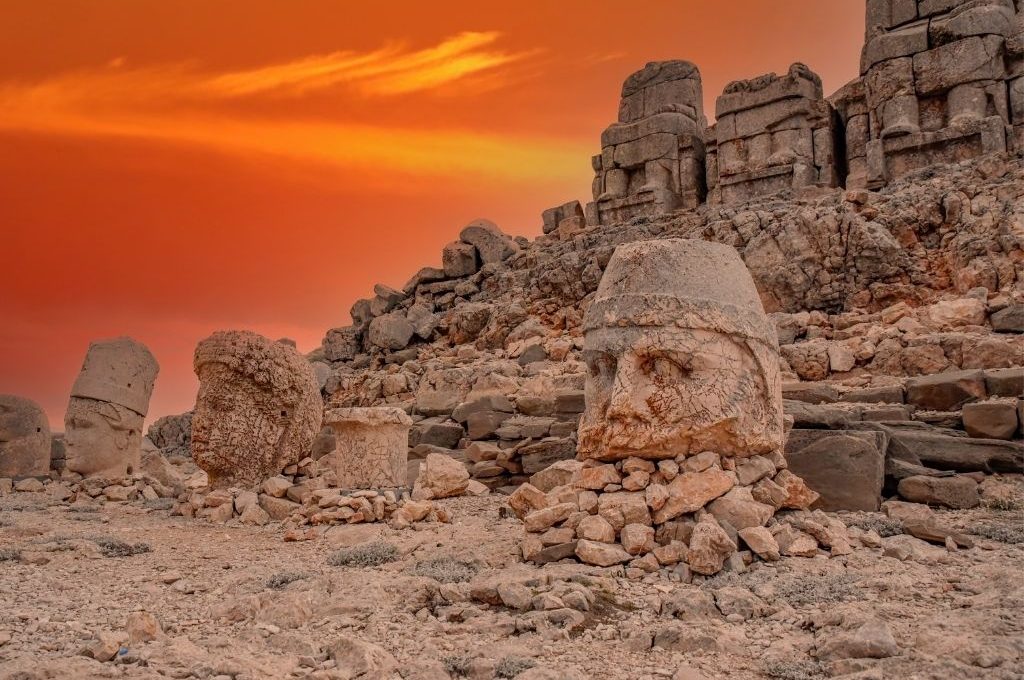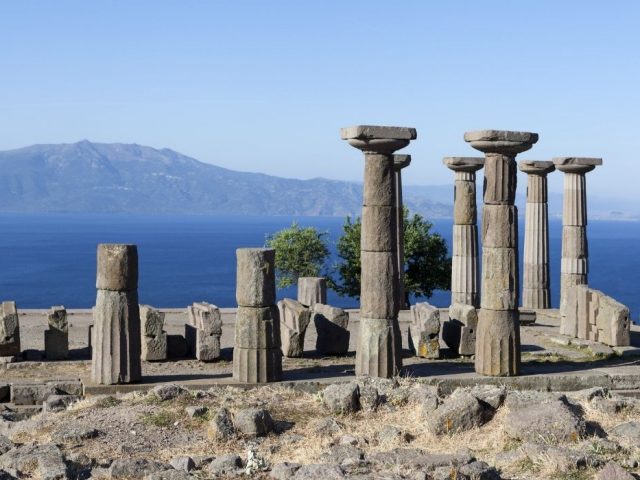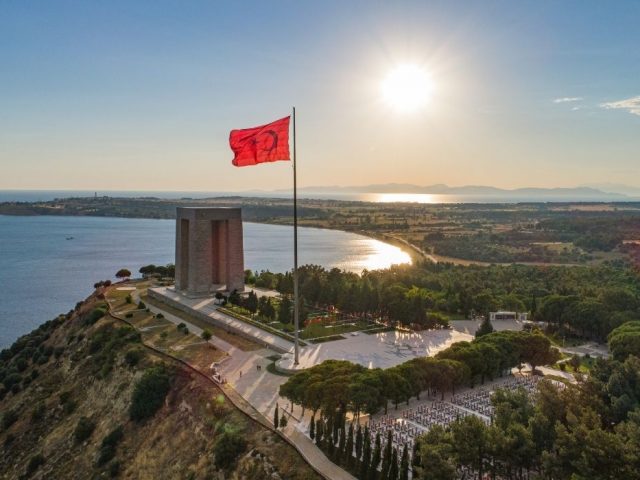This article was published before the earthquake of February 6, 2023 and will always be here to remember and remember Adıyaman’s heritage. 💚 You can listen to Adıyaman’s cultural heritage memory on our Piri mobile app.
Welcome to Adıyaman, the gateway of Mesopotamia to Anatolia!
Adıyaman’s history dates back to 40 thousand years ago. It is a place that has embraced tens of important civilizations and empires. Therefore, its cultural richness is not surprising. The Romans even built waterways in the region. Assyrians, Persians and Sumerians lived in these lands before them.
The Commagene Kingdom, which was born in Adıyaman, lived its most glorious days during the reign of King Antiochos I. While he was still alive, King Antiochos started to have his mausoleum built on the top of Mount Nemrut. But the king, who thought he was sitting on the throne of the gods, wanted more than a tomb. That’s why he had an inscription with more than 200 lines written on the back of the giant statues you will see on Mount Nemrut. Antiochos described his dream in line 35 as follows:
“I did not want it to be an eternal resting place. I also decided that it should be the common throne of all the gods.”
Where is Adıyaman?
Adıyaman is a province in southeastern Turkey. Şanlıurfa lies to the west and Kahramanmaraş to the east. In addition to its natural beauties, the city is also a very important point with its historical and cultural heritage. It is home to many national parks, ancient cities and Turkey’s largest dam, the Atatürk Dam.
How to Get to Adıyaman?
You can reach Adıyaman both by road and by air. The nearest airport is Adıyaman Airport, 15 kilometers from the city center. There are flights to Adıyaman from many major cities in Turkey. Travelers who prefer to travel by road can find flights organized by various bus companies. It takes 12 hours by bus from Istanbul and 6 hours from Ankara. Unfortunately, there are no Havaş shuttles in Adıyaman. Some tourism agencies offer shuttles from the airport. You can also take a taxi or public transportation to the city center.
You have another alternative to get to Adıyaman: train. “There is no railroad in the city, how will that work?” you may ask. If you are planning to visit Malatya, you can take the train from Istanbul or Ankara and then take a bus to Adıyaman. It takes about 1 hour from Malatya to Adıyaman.
When to Visit Adıyaman?
Adıyaman’s weather is generally dry and hot. It is sweltering in summer and cold in winter. Since Adıyaman is best visited on foot, it may be advantageous to come in summer. But be prepared for uncomfortable humidity levels. The sun may greet you beautifully at first, but after a while you will feel how overwhelmed you are. April-May and September-October may also be on your list. We think it is more enjoyable to travel during these periods because the weather is not so hot that it will burn your skin.
Don’t think we forgot the winter lovers! There is something for you here ☃️ In Adıyaman, you can have a nice winter holiday in areas close to ski resorts. From November to February, the white-covered landscape of the region begins to show itself.
Adıyaman Travel Guide
Mount Nemrut and National Park
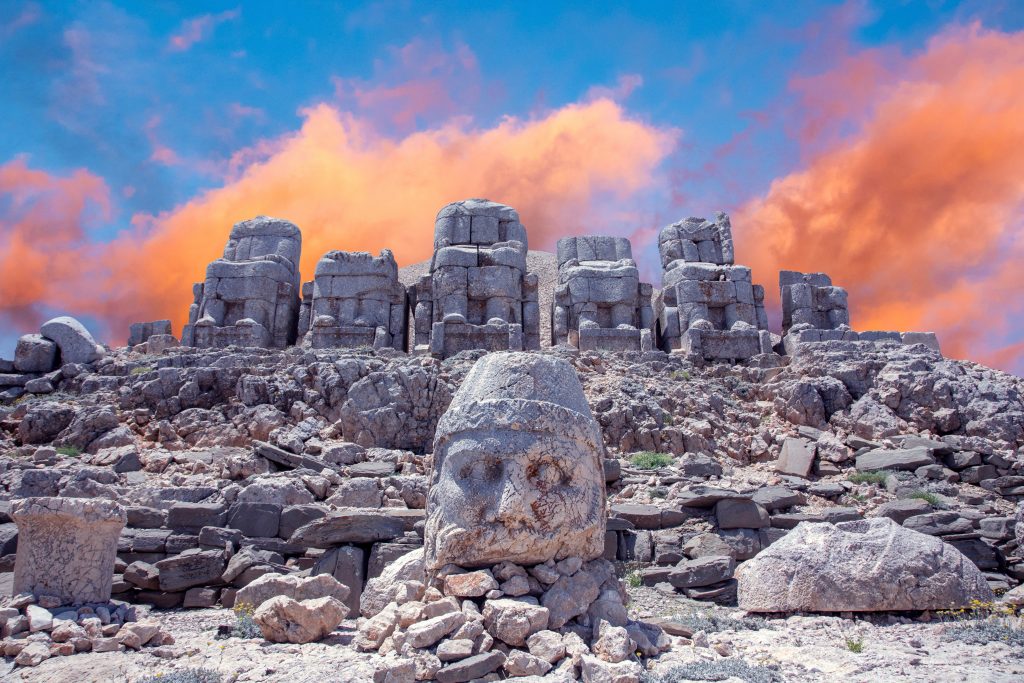
Mount Nemrut is a place referred to as the 8th wonder of the world. It was included in UNESCO’s World Heritage List in 1987. The area where it is located has been protected as a national park since 1988. If you come to Nemrut in winter, we recommend you to spend sunny afternoons here. Summer visitors can also come here to watch the sunrise.
The temperature difference between the summit of Mount Nemrut and Adıyaman city center is almost 10°C. So don’t be fooled by the hot weather in the center because you may feel cold the moment you arrive at Nemrut. Also, you will pass through stony grounds, hills and paths while walking around the National Park. Therefore, we recommend you to choose shoes and clothes that are a little thicker and more comfortable.
How was Mount Nemrut Discovered?
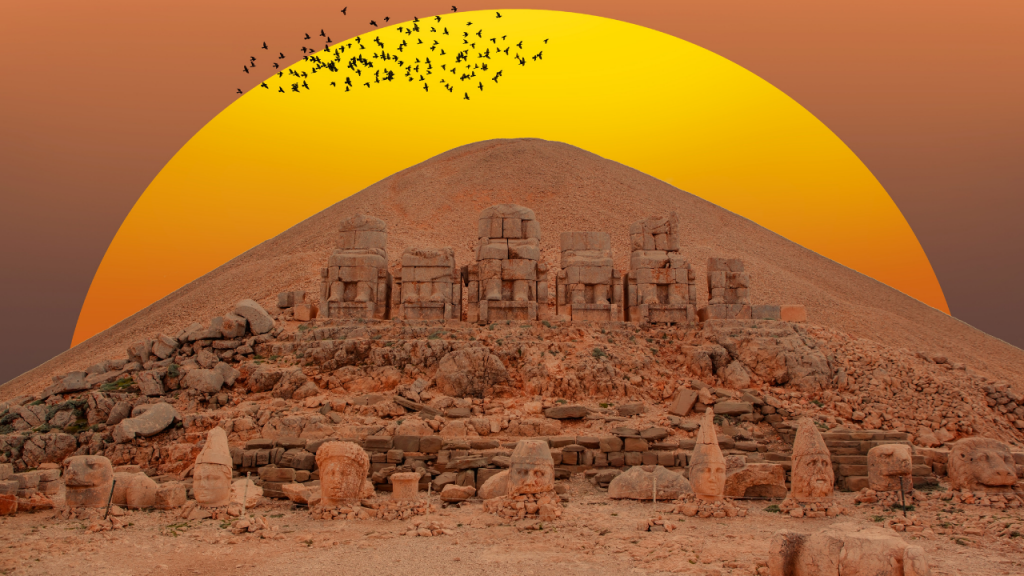
Did you know that Mount Nemrut was actually discovered by chance?
It is true that Adıyaman has a very old history. However, Mount Nemrut was not discovered for a long time. Until a German engineer came to the region in 1881 and noticed the statues on the mountain. Since the engineer himself was not very knowledgeable, he assumed that the statues belonged to the Assyrians.
A year later, he brought an archaeologist friend to the region. The archaeologist told him that the long inscriptions behind the statues were in Greek. These inscriptions were deciphered after a while and it was found that they belonged to the Kingdom of Commagene, not the Assyrians. Later, the Ottoman Empire even sent Turkey’s first archaeologist Osman Hamdi Bey to the region.
Perre Ancient City
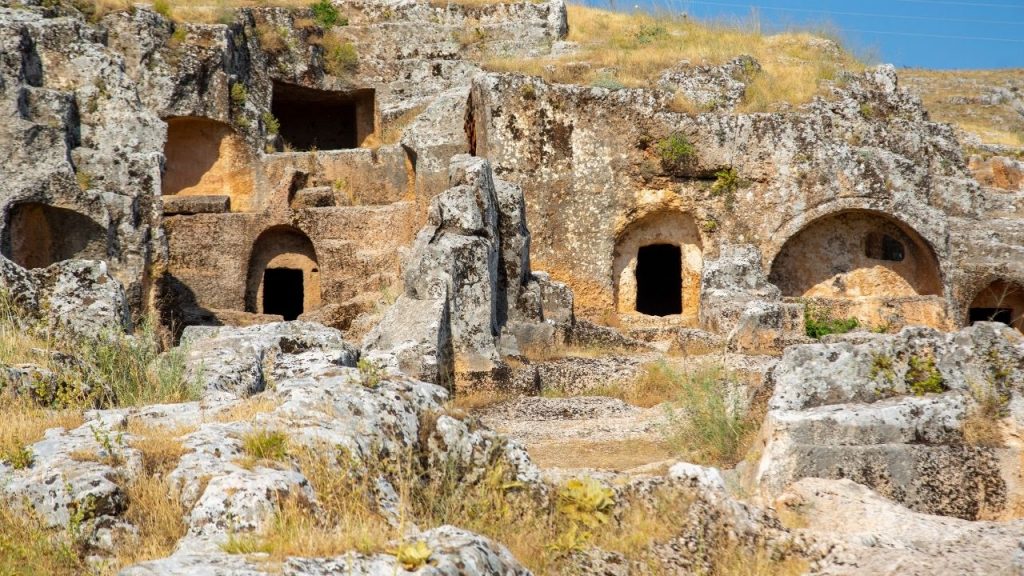
The ancient city of Perre is not quite like the ancient cities we are used to seeing. First of all, a large part of this city consists of necropolis, that is, cemeteries where the dead were buried in ancient times. This ancient city was discovered in the 1880s. In the past, it was a frequent destination for those traveling between east and west. There was life in the 1st century BC. The rocky areas you will see in the city were once quarries. When stones were extracted from these rocky areas, they started to bury the dead in the large gaps formed.
There are hundreds of tombs in the ancient city of Perre. However, none of them have the same shape. There are room-shaped tombs as well as large and small tombs. These differences are usually attributed to social and material status. While the tombs of the rich and respected were large and finely crafted, the smaller and simpler tombs belonged to individuals with poor financial status. The chamber tombs are thought to have been occupied by members of the same family.
Adıyaman Museum
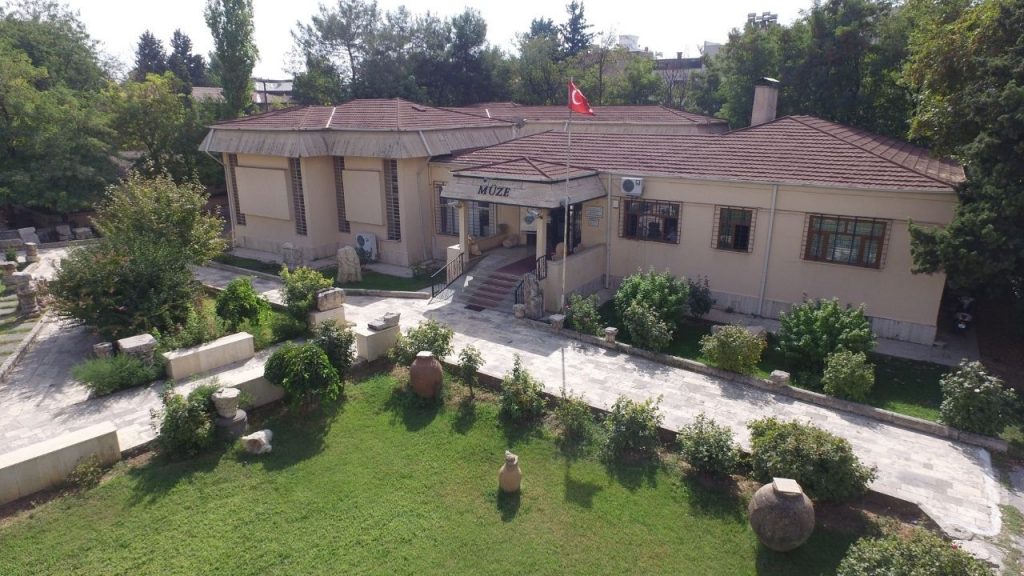
The first part of Adıyaman Museum is devoted to ethnographic artifacts. There are local clothes, accessories, kitchen utensils, carpets and rugs from the recent period. In addition, the most interesting and important part of the museum is where archaeological finds are exhibited. In the museum’s collection, artifacts from civilizations from prehistoric times to the present day are exhibited.
The first artifact that will attract your attention is the Cult Statue, which was found in 1970 and stands next to the recreation of Mount Nemrut. The statue is dated between 7,000 and 7,500 BC. It was realized during the Göbeklitepe studies that this artifact was much more important and special than it was thought to be. If you have been to Göbeklitepe, you will realize how similar the T-shaped standing stones you see there are to the Cult Statue.
Oturakçı Bazaar
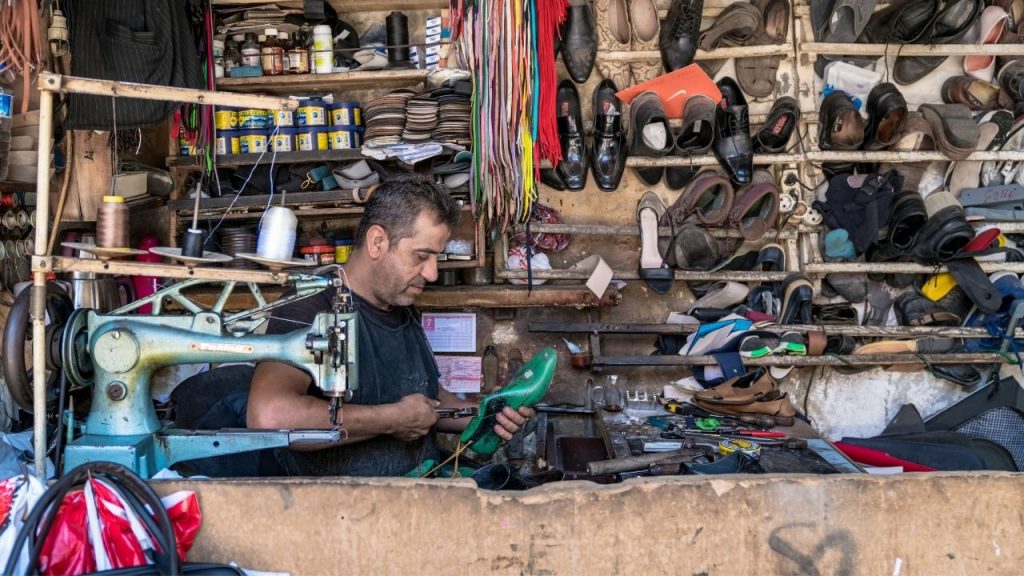
The culture of a city is best learned while walking its streets and markets and listening to the locals. For this reason, you can come to Oturakçı Bazaar and take a breather. Have a coffee from the shopkeepers here and listen to Adıyaman from their mouths ☕
Oturakçı Bazaar is not a very big market. But if you want to have a piece of it before you leave Adıyaman, we recommend you to visit it. When you come to the bazaar, iron products forged by blacksmiths, coppers, weavings and rosaries welcome you. Not to forget the famous Adıyaman tobacco. Tobacco is not only an important value of Adıyaman, but also a source of livelihood.
Assyrian Kadim Metropolitanship
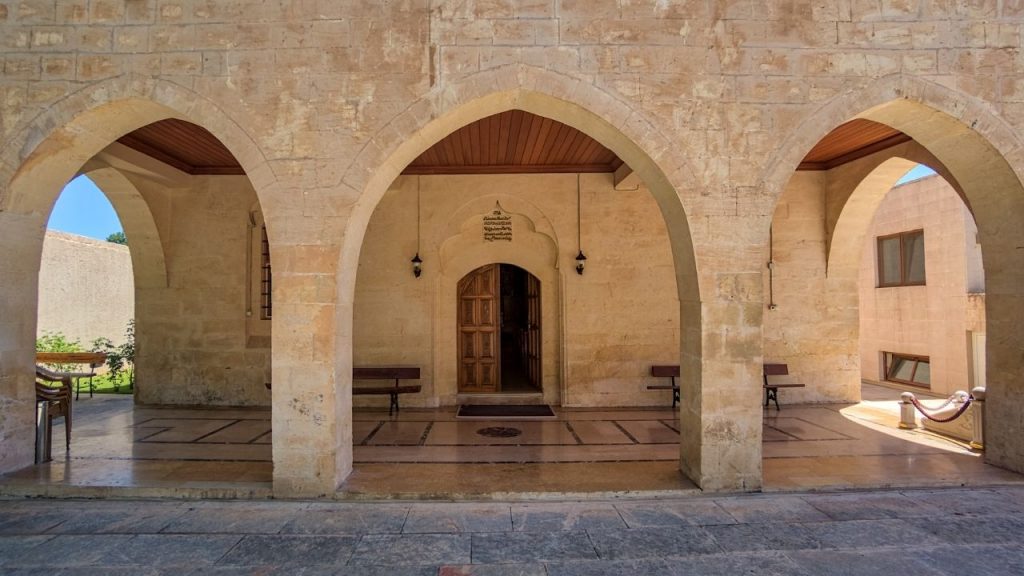
In Christianity, a metropolitan is a religious official who assumes responsibility for a region. The Syriac Ancient Syriac Metropolis in Adıyaman is a building that includes the Church of Mor Peter and Mor Paul, one of the few in the world. When we look at the sources, we see that there were many Assyrian buildings in the region. However, these have not survived to the present day, only the Assyrian Ancient Cemetery next to this church has survived.
It is called “ancient” for a reason. The community used this name to distinguish themselves from Catholic Assyrians. In 1701, when the Assyrian community in Adıyaman did not have a worship center, they opened this place under the name of Virgin Mary Church. In 1905, the church was damaged and restored by craftsmen from Şanlıurfa. Since then, it has been called the Church of Mor Peter and Mor Paul.
Piri travelers who want to visit Şanlıurfa while in Adıyaman should not go without reading our Şanlıurfa travel guide! 😊

